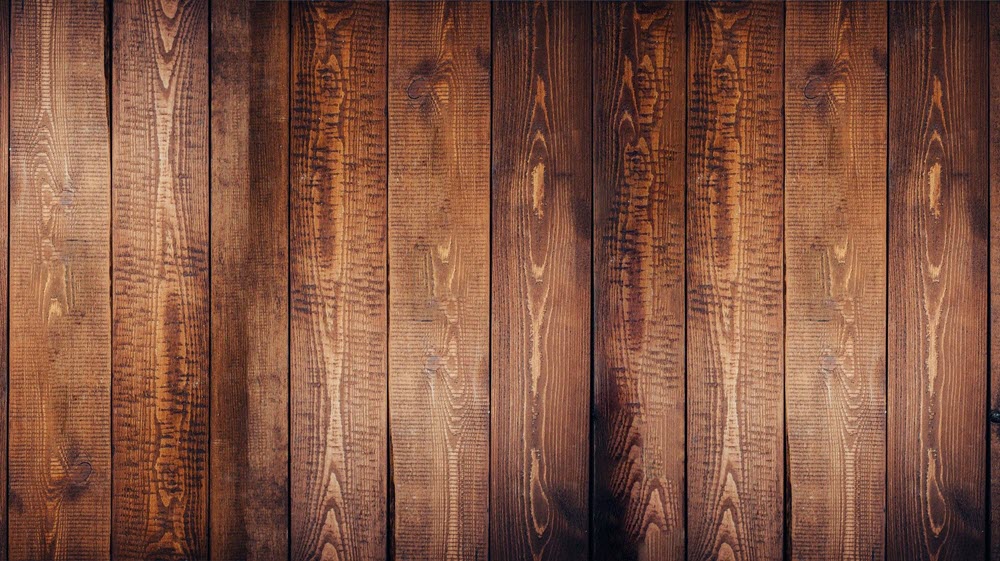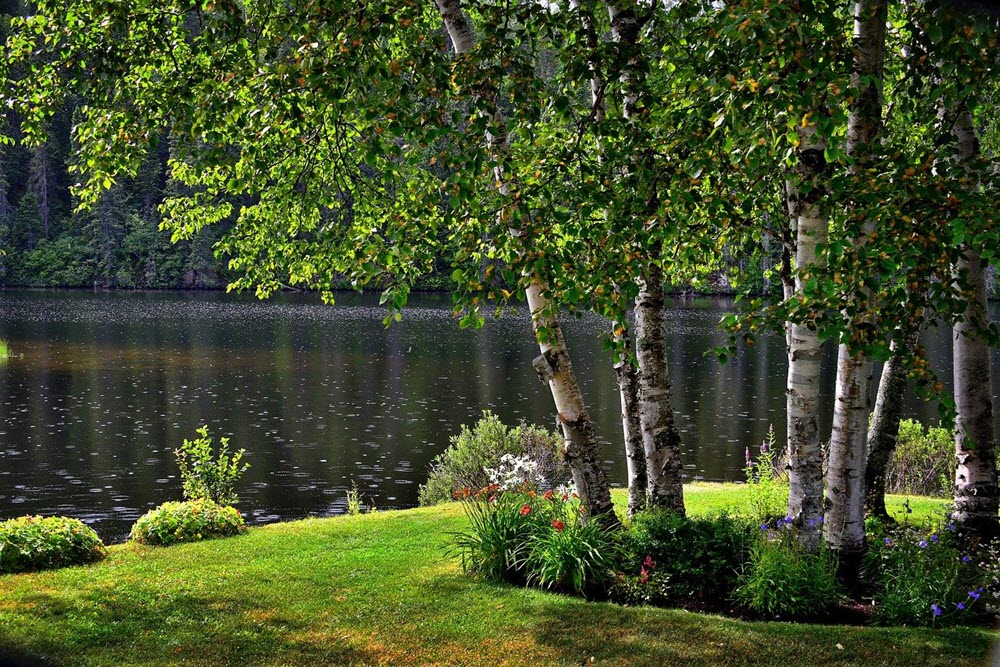Both sanding sealers and wood conditioner are products often used when finishing wood. However, they actually have very different roles to play.
Wood conditioners are used before a wooden surface is stained and they prevent the emergence of unsightly patches later on. Meanwhile, sanding sealers and primers are applied after staining the wood to keep a finish coat from bleeding through and affecting the stain layers used.
Learning when and how to use them will be crucial and that’s the kind of knowledge we’re offering you in this article. Read on to ensure that you’re using sanding sealers and wood conditioners properly for your future projects.
Table of Contents
How Do Sanding Sealer and Wood Conditioner Differ?
In order to better understand the differences between sanding sealers and wood conditioners, it helps to first determine their intended functions.
Let’s start with wood conditioners. These items prepare the wooden surface for the application of stains.
Sometimes also referred to as pre-stain conditioners, wood conditioners are somewhat similar in composition to sealants and varnish. The difference really is that wood conditioners are diluted more than sealants and varnish so that they can perform their intended functions.
Once applied, the pre-stain conditioner works its way into the wood and starts forming a barrier soon after. That barrier is crucial to protecting the wood. Without it, the staining process could produce marks that penetrate the wood deeper than intended.

You’re specifically avoiding the blotches that tend to appear on wooden surfaces after staining. The blotches don’t affect the structure of the wooden surface in any way, but they do impact its appearance. If you’d prefer the appearance of the wooden product to be consistent and even throughout, using pre-stain conditioner would be ideal.
Now, we turn our attention to sanding sealers. You can accurately call these products as wood primers although they are clear in appearance.
Sanding sealers have a few important responsibilities.
First off, they are tasked with preventing the mixing of the staining chemicals and the finish applied. The sanding sealer is sandwiched between the staining chemicals and the finish coat. It works as a barrier to prevent them from interacting with one another.
If not for the sanding sealer, there’s a good chance that the final appearance of the wooden product will look discolored.
The sanding sealer similarly prevents interactions between the finish applied and any polish that may be used. If those two substances mix, the results could turn out badly. The wax may not provide the same type of luster you’re looking for while the finish may be dulled out as well.
Sanding sealers also do a good job of helping to complete the wooden surface’s appearance while still giving you a chance to make some minor alterations. You can still sand down a few spots if you would like to even out the surface of the material better.
You should also remember to use pre-stain conditioners and sanding sealers in the right order.
Start with the wood conditioner and follow that with whatever you would like to use for staining. The sanding sealer is applied after the stain and then comes the finish coat. You can then complete the whole thing with an application of polish or wax over the top.
How Are Sanding Sealer and Wood Conditioner Similar?
Thus far, we’ve focused on how sanding sealers and wood conditioners are different, but that’s not the whole story. Those two items also share similarities.
The main similarity they have is that they both work as barriers. Since mixing the different substances used to finish a wooden surface can result in an ugly mess, those barriers are crucial to preserving beauty. By keeping the stains and finish coats separate, the wood conditioner and sanding sealer help you create the exact type of look you desire.
Both the pre-stain conditioner and the sanding sealer can also work to keep things stuck together. If the item you’re working on is glued together for instance, the conditioner and sealer will help keep everything in place reliably. You shouldn’t use either wood conditioner or sanding sealer as an adhesive, but they do help a bit in that department.
Which Types of Wood Need Sanding Sealer and Wood Conditioner?
An important thing to note about sanding sealers and wood conditioners is that you don’t need to use them all the time. Some types of wood are not very porous, meaning they won’t absorb a lot of the stains and finish coats you use. The final product can feature a shiny and even coat without the help of either the sanding sealer or the wood conditioner.

Other types wood are more absorbent. Their porousness can lead to the stains and finish coats seeping too deep into the wood. Since the porousness is not even throughout the wood’s structure, some parts may take on more color than the others.
That’s why sanding sealers and wood conditioners are so important if you’re using porous woods. Specific types of wood that can benefit greatly from the protection offered by sealers and conditioners include alder, birch, cedar, fir, and maple, among other examples.
Frequently Asked Questions
What Are the Precautionary Measures for Using Wood Conditioners?
Before applying the wood conditioner, you should be certain that the surface is ready for it. That means checking to see if the surface is even and clean.
Any deep marks in the wood should be filled and any protrusions should be sanded down. Keeping the surface free from sawdust is also important because even those tiny particles can prevent the conditioner from being applied properly.
Once you’re satisfied with the cleanliness of the surface, you can proceed to applying the wood conditioner.
How Do You Apply Wood Conditioner?
Applying wood conditioner is a simple enough task. Here are the steps to follow:
- Grab your brush and coat with a thick helping of the wood conditioner.
- Bring the coated brush to the surface and start applying the wood conditioner.
- Apply one or two coats of the conditioner depending on the color you wish to achieve.
- Make sure you are applying the conditioner in the same direction as the wood grain.
- Let the layer/s of pre-stain conditioner sit for at least 10 minutes.
- Wipe away any excess conditioner using a cloth.
You can then refer to the instructions on the container of the conditioner to see how long you must wait before staining the wood. Don’t wait too long though or else the wood conditioner may lose its effectiveness.
Notably, oil-based conditioners often take up to one day to dry. Water-based conditioners can dry completely in less than two hours.
What Are the Precautionary Measures for Using Sanding Sealer?
The main thing to avoid when using a sanding sealer is applying too much of it. The issue here is that applying certain finishing coats over sanding sealer can cause the latter to crack. Hard finishing coats in particular are known to cause trouble.
Avoid that problem by minimizing your usage of the sanding sealer. Just one or two coats of the sanding sealer should do the trick. Even then, you still need to sand away some of the sealer to ensure you have just the right amount remaining on the surface.
How Do You Apply the Sanding Sealer?
Here are the basic steps to follow when applying sanding sealer:
- Brush or spray the sanding sealer on to the wooden surface.
- Limit the amount of sealer to two layers at most.
- Allow the sanding sealer to dry for at least 30 minutes.
- Sand off most of the dried sealer using sandpaper.
- Clean up any excess sealer with a cloth.
After you remove the excess sanding sealer, you can proceed with applying the finishing coat. Complete the process properly and the final product should turn out your preferred color with a good amount of shine to it. You can also bring out the beauty of your finished project further by using either some polish or wax.
